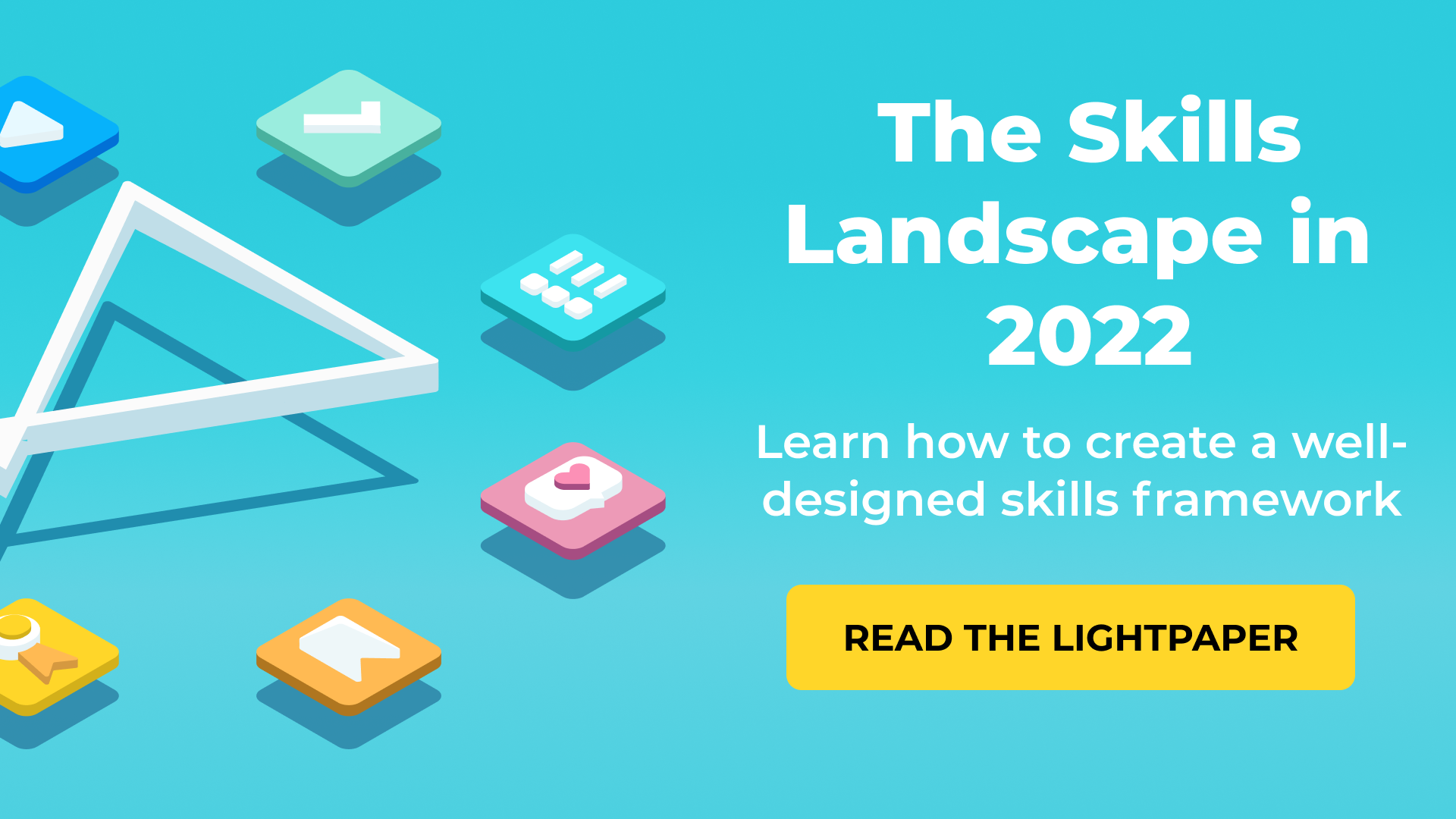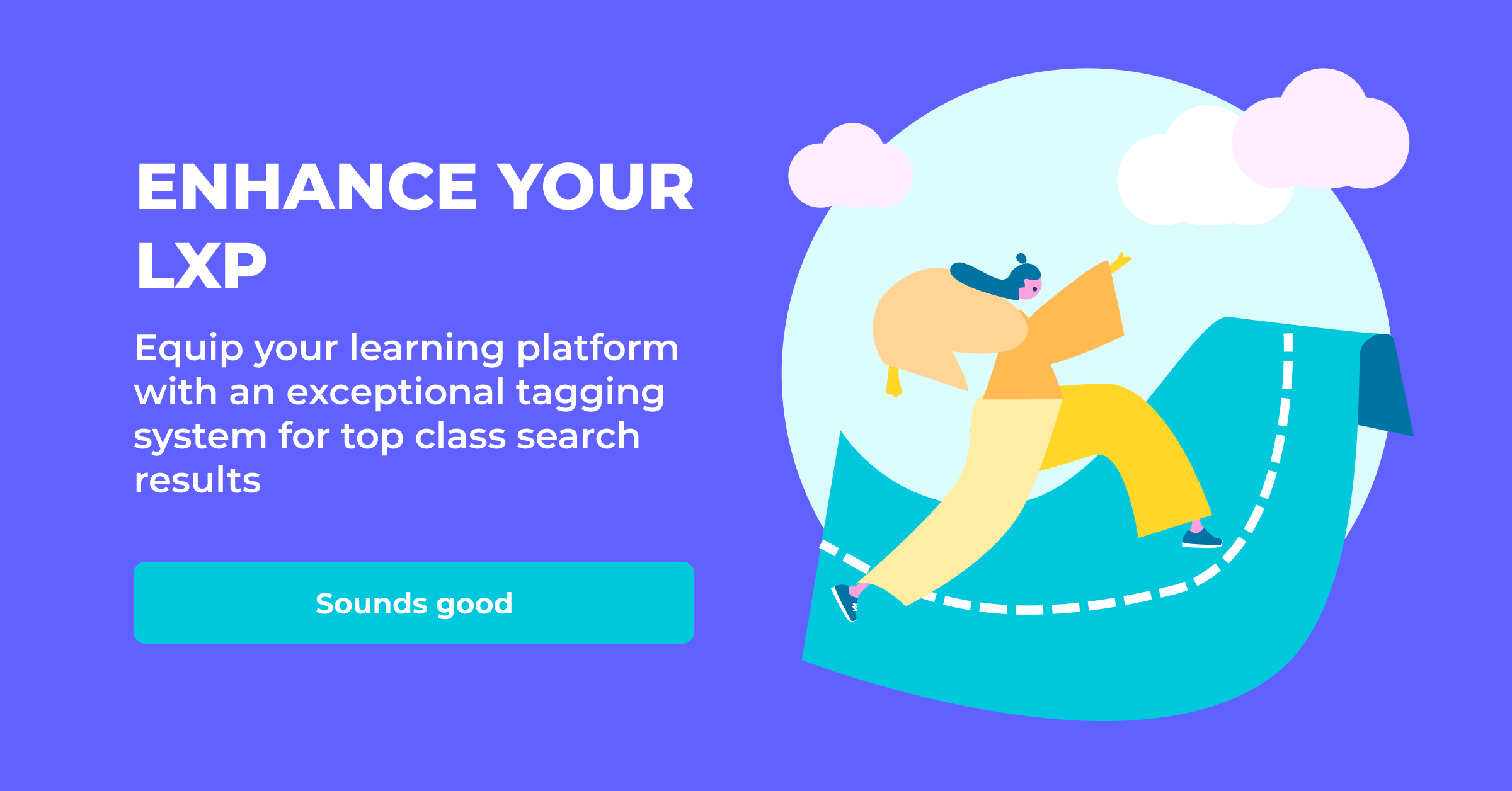Thank-you to Jono Endean for reviewing this article, contributing his views and suggesting the final 'common pitfalls' section.
Skills are misunderstood and trivialised. People think consuming content builds skills or that LXPs build skills. But really content and platforms play a supporting role in a process that is complex and woven into life and work. This article aims to summarise what we know about skill development, define skills versus capabilities, and point out a number of key pitfalls.
Skills mean the ability to do something
They are usually required to do a job well or without causing harm to yourself and others. One skill might carry a job role if done well, even if others are lacking, but not always (think of a sales manager who can sell but can't manage versus a sales manager who can manage but can't sell).
They are levelled: novice (below average), intermediate (average), good (above average) and exceptional is a good measure. "Competence" is a very bad measure because high performance can always get higher and, in fact, the rewards of skills are really concentrated in above average performances. Anders Ericsson learned a lot about skills in general by studying what goes into high performance: doing something in the top percentile of excellence, rather than just doing it.
But balance that reality with the fact that adjacent skills are often where job roles have opportunities to outperform (think of a product manager with basic software engineering skills, or a sales person with basic marketing skills, etc). Even being a novice in adjacent skill confers a significant advantage. So value high performance in core skills, but don't disregard novice level skills or untested skills (ie, I can apply this but I don’t get results) when they are adjacent.
Skills break down into subroutines that have to be internalised
As Ericsson tells us, the rough outline of learning a skill is imagining a mental model of successful performance and being able to calibrate the closeness of your model to the performed reality via understanding the feedback information which is available.
But behind the scenes you need to master an array of subroutines which can be dizzingly complex and hard to unpick. For example, the complexity of subroutines that enable the skill of reading is explained in Mark Seidenberg's Language at the Speed of Sight, a book whose early sections are well worth reading to understand how performance breaks down into different mental and physical processes (and for his excoriation of the teacher training system, if you’re into that sort of thing).
It's useful to document all these subcomponents (and ultimately important for designing critical, high consequence interventions) but you simply can't model the complex, recursive processes that lead us to a new skill comprehensively without decades of research, so don't obsess about it unless the skill you’re working on applies to millions of people and the effort is genuinely worth it.
This is why for most workaday skills the whole skill approach, which is championed by Mirjam Neelen and Paul Kirscher, works (buy their book!). Whole skill design means building experiences that account for all of the skill performance process rather than selecting discrete parts to serve (ie, just the knowledge or theory element, as is most common) and leaving the rest to chance.
The core of whole skill design is a sequence of real world tasks to practice the skill, and scaffolding around the whole experience so that learners are always kept in their proximal zone of development (an idea from Vigotsky) rather than being thrown in at the deep end. This scaffolding approach allows the brain and body to adjust to a new thing you can do without being overwhelmed (see John Sweller on cognitive load theory and the zone of optimal difficulty). In other words: think about a simulated performance of the skill that is holistic, include all those elements in your overall design, and remove the training wheels gradually.

You can take this design quite far into accounting for different cognitive process and rules, but in our opinion the real strength of the whole skill approach is that it allows for all the complex behind-the-scenes processes we probably won't ever understand (in most cases) to happen by relentlessly focusing on delivering and evaluating real world practice.
One skill at a time
Work skills are never really the kind of primary, biological skills we often associate childhood learning with (walking, talking). According to the distinction established in cognitive load research by John Sweller, they are cultural constructs and hard to learn because to absorb new knowledge or behaviour too quickly would've made early hominid societies too unstable. So embrace the evolutionary value of things being hard and love how we can't keep more than 3 or 4 new pieces of information in our minds at the same time. Difficulty is necessary for survival.
Given this difficulty, and despite our sense of confidence when we're happy at work, it seems implausible that many normal people could really focus on more than one skill at any one time (defining a skill as doing a thing which is the lynchpin for a role) or perhaps more than three skills in the course of a year (although perhaps Scott H Young has an idea on how to accelerate beyond that limit).
We can design all we want but without real world practice and feedback (and here's where VR can be helpful) no one can hope to be more than a novice. The hardness of skill development is why motivation is important. Motivations can be emotional but it's important to bear in mind that emotion isn't a shortcut to motivation or even to memory. Emotions dull as well as polish.
We do know memory is boosted by the experience of perceived survival situations where knowledge is critical to "survival", and, relatedly, to novelty (because new things might kill you). Memory is primed for these things by evolution.
They're a good hook but, these days, we're rational beings (despite what the nudge theorists tell you). Pragmatic self interest (carrot) and organisational pressure (stick) are probably better than trying to make work a survival situation or pure novelty in order to encourage learning. It's not like these raw evolutionary drives really determine life or behaviour in the ultramodern world of 2022 because, by hard routes, we learn to suppress them. Which leads us to the fact that…
You're really interested in capabilities, not skills
Capabilities are delivered realities (we sold more widgets, we upgraded our IT systems, we hired better people) that are repeatable and keep getting better. Capabilities are part of activity systems that support successful strategies - that is, choices about where and how your organisation will win (as explained by A. G. Lafley and Roger L. Martin in Playing To Win)
Capabilities require the orchestration of skills but also of what Lafley and Martin call management systems: feedback loops, KPIs and incentives. L&D doesn't create these strategies or their supporting systems, but you need to understand how the skills you're building fit into the bigger picture.
Conversely, you might not need new skills to support what you need to do and this often seems to be the situation imagined by exponents of performance consulting - a non-training solution, such a resource, system adjustment or metric. But in truth, wherever roles are changing, it's likely that you need people to develop adjacent skills or perhaps change career completely. Few big changes don't require skill development by a substantial minority of the population.
Three common pitfalls to avoid in your skills strategy
So, you’re all set to dive into some skill development work. Filtered’s James Tyas has provided a handy framework for getting it done with your eyes open: diagnose, prioritise and develop.
Here’s another take on making what we know about skills actionable. Three things that you should absolutely not do:
1. Buy an LXP stuffed with content, or some content libraries, launch them to your users, and expect the data to show evidence of skills development
It might sound crass when put in these simple terms but time and time again we have seen this procurement + launch exercise stand in for real skill development. The pandemic and lockdown created the illusion that this was a really successful strategy because people flocked to the online platforms and content libraries that had been launched. But behind the scenes, nothing changed. Content in the form of resources and courses is indeed a key part of developing any skill - which creates a role for LXPs and content libraries, as well as other solutions - but learning skills happens in the real world and the means of developing real world skills and evaluating them in the real world always have to be developed, sometimes on a per-skill basis. That isn’t the job of LXPs or digital learning content.
2. Spend too long defining your “top-level” skills and capabilities and honing the supporting content
If you’re writing a book on leadership you’ll want to lovingly craft your model and definitions over a period of years. If you need to improve management and leadership practice in your company you will (frankly) find much of the theory about leadership totally useless because no one model can account for the myriad of obstacles to effective situational leadership. If you pick a top level skill that is too high-level, you’ll find yourself thinking and designing forever because any sufficiently high level concept (think about things like climate change, the brain or God) is extremely hard to approach.
The truths about skills we explained above make the whole process of developing skills self-limiting, so try to forget the top level at least at first. The only level you can design for effectively is probably something like: ‘Data analysis for people managers in business unit Y’ or ‘Resilient leadership for senior managers adapting to a remote world’. This means that even in a massive organisation you can only hope to target about 15-30 skills for 1,000-5,000 people at a time. You need an overall vision and strategy. But you should resist any attempt to sheep dip the whole population with training in leadership or data capabilities defined so generally that the content resembles a series of Zen proverbs rather than a working definition of excellence at an operational level.
3. Include managers at only a superficial level or as an afterthought
It’s been said many times before but time to say it again: without the involvement and support of managers, most skill development efforts by individuals will fail. Too many programmes involve them as an afterthought. The programme is put on a personal development plan as an action point, to be discussed only once or twice a year, and that’s it. The correct approach is incredibly different: once you think you know what skills you’re targeting and how to support them, you will need to focus group with managers quickly in order to build up a picture of the tasks, scaffolding measures and content that support the performance of each skill and redesign the programme around them. Managers need to actively champion certain skills and introduce the skill into their day-to-day language to keep themselves and their teams motivated.



